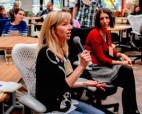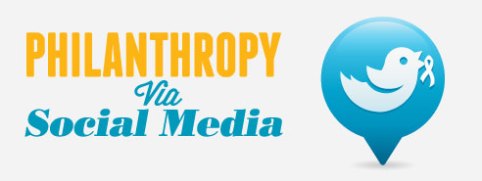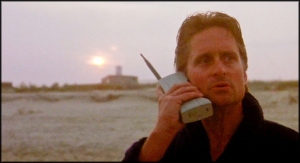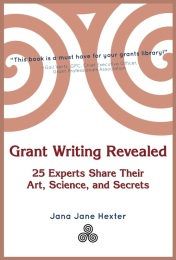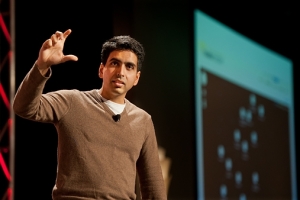 Yesterday I glanced at the online news early in the day and saw the words “shooting” and “school.” I intentionally slapped my Mac shut because in that moment I couldn’t face it. I had a feeling it was bad. Only late last night, after I put my 10-month-old safe and sound to sleep, did I dare look. In the stillness of dim light, as I listened to the quiet muffle of my baby breathing, I wept.
Yesterday I glanced at the online news early in the day and saw the words “shooting” and “school.” I intentionally slapped my Mac shut because in that moment I couldn’t face it. I had a feeling it was bad. Only late last night, after I put my 10-month-old safe and sound to sleep, did I dare look. In the stillness of dim light, as I listened to the quiet muffle of my baby breathing, I wept.
This is a moment in time when the world stops and asks the unanswerable Why? I can’t imagine what it must feel like to be the parents, the family, the friends, the community of those who lost their lives. But I do know how I feel, even from a great distance.
We all share in this.
Certainly there are things that could be done on a policy level to prevent, at least mitigate, something like this from happening. I’m sure our community of philanthropists, donors, changemakers, and other giving, caring folks will be addressing this in the days and months to come.
But what can we do today? That’s what I’ve been asking myself. What can we do to care for ourselves and our loved ones, and *give* to those who lost their lives, to those who grieve them?
Most gratefully, I have a circle of amazing compassionate friends. One of them – Toi Lynn Wyle of Zen Life Coaching – has mobilized a way for us all to connect with ourselves and each other in this deep time of loss.
She’s asking folks to join her in pausing – every hour, on the hour – in meditation or quiet – to send some healing to those affected by the tragedy.
I’m sharing it here, and if it calls to you as it does to me, please join in. Maybe you can’t do it all day or all weekend, but you can do it once. Maybe you’ve never meditated before and think it sounds a little woo for you. In that case, just take a breath. One focused, deep breath. That’s something that each and every one of us can do.
Will a moment of quiet, a breath, bring back the children who are lost? Will it take away the pain and suffering of an entire community and country? No. But what it might do is heal the hurt in our own hearts so that we can create more space to love ourselves, love one another.
Read the inspiring message from Toi Lynn, here:
- I believe we are all connected.
- I believe that we can only love others as much as we love ourselves.
- I believe that authentic love ignites on the inside, and moves out, not the other way around.
- I believe that if we spread that love, in whatever form it takes for us, it can inspire the ignition of authentic love in another.
- I believe war begins inside of the heart. This war in the heart turns outward to make war, horrible, destructive, ugly war on our partners, our friends, our loved ones, on people “not like us”, on other countries, and yes, war on a little school in Connecticut.
- I believe this is a pivotal time for this planet, one where we can consciously choose to heal ourselves, our nations, the oceans, the atmosphere, the world.
- I believe it is always a choice, and that we do choose each moment, whether consciously or unconsciously. We make choice between love or fear. It is that simple. Love or Fear.
- I believe that days like today can be the wake up call to love even more.
Beginning yesterday 4:00 pm PST every hour, on the hour, I began to stop for a few minutes to light candles and meditate. And it continues today and tomorrow. I will allow myself to feel the pain, lean into it and not run from it, breathe in all that pain and war right into my heart, allow it to transform to love and peace, and then send it out, release it to all the dark corners of our planet. This is my Sadhana, my dedicated practice this weekend.
Come join me, in spirit, or on Facebook if you desire. If we meet there, read from the bottom up. There are some hope giving words there from so many.
I love you. I might not know you. But I love you.
Toi Lynn
**
Keeping Quiet
by Pablo Neruda
Now we will count to twelve
and we will all keep still.
This one time upon the earth,
let’s not speak any language,
let’s stop for one second,
and not move our arms so much.
It would be a delicious moment,
without hurry, without locomotives,
all of us would be together
in a sudden uneasiness.
The fishermen in the cold sea
would do no harm to the whales
and the peasant gathering salt
would look at his torn hands.
Those who prepare green wars,
wars of gas, wars of fire,
victories without survivors,
would put on clean clothing
and would walk alongside their brothers
in the shade, without doing a thing.
What I want shouldn’t be confused
with final inactivity:
life alone is what matters,
I want nothing to do with death.
If we weren’t unanimous
about keeping our lives so much in motion,
if we could do nothing for once,
perhaps a great silence would
interrupt this sadness,
this never understanding ourselves
and threatening ourselves with death,
perhaps the earth is teaching us
when everything seems to be dead
and then everything is alive.
Now I will count to twelve
and you keep quiet and I’ll go.
-from Full Woman, Fleshly Apple, Hot Moon
Translated by Stephen Mitchell
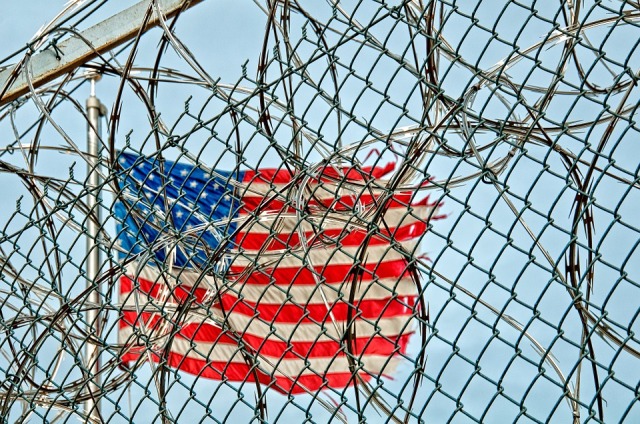 , this funding collaborative may become our best replicable model for how to mobilize funders around criminal justice reform–something this country is ripe and ready for.
, this funding collaborative may become our best replicable model for how to mobilize funders around criminal justice reform–something this country is ripe and ready for.
